Supreme Court Justice Ruth Bader Ginsburg dies at 87
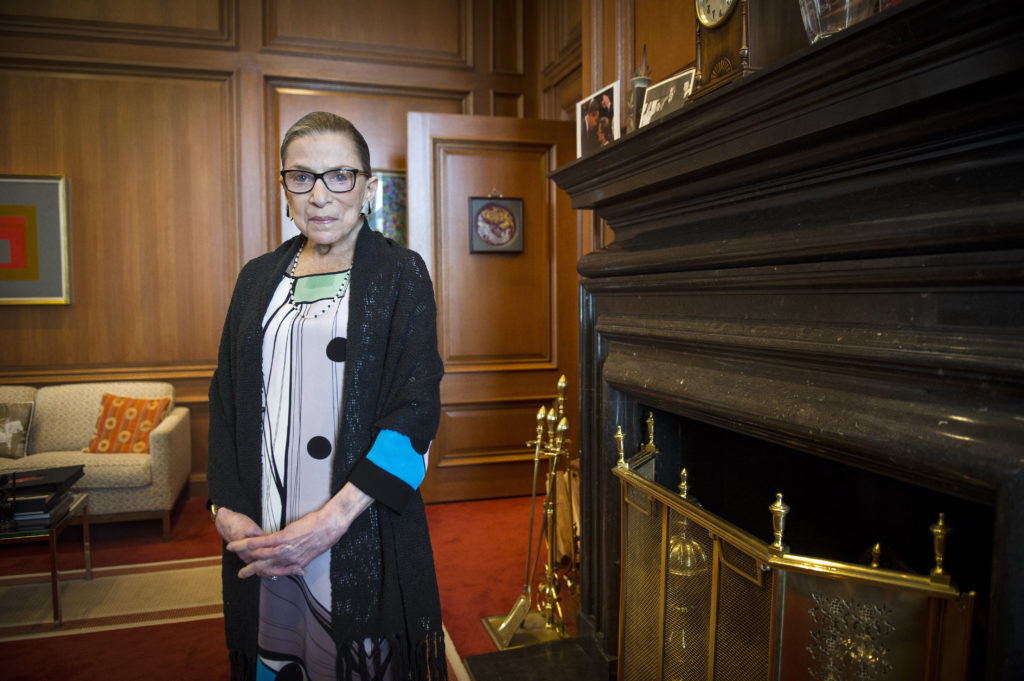
Supreme Court Justice Ruth Bader Ginsburg, a diminutive yet towering women’s rights champion who became the court’s second female justice, died Friday at her home in Washington. She was 87. Ginsburg died of complications from metastatic pancreatic cancer, the court said. Her death just over six weeks before Election Day is likely to set off a heated battle over whether President Donald Trump should nominate, and the Republican-led Senate should confirm, her replacement, or if the seat should remain vacant until the outcome of his race against Democrat Joe Biden is known. Chief Justice John Roberts mourned Ginsburg’s passing. “Our Nation has lost a jurist of historic stature. We at the Supreme Court have lost a cherished colleague. Today we mourn, but with confidence that future generations will remember Ruth Bader Ginsburg as we knew her — a tireless and resolute champion of justice,” Roberts said in a statement. Ginsburg announced in July that she was undergoing chemotherapy treatment for lesions on her liver, the latest of her several battles with cancer. Ginsburg spent her final years on the bench as the unquestioned leader of the court’s liberal wing and became something of a rock star to her admirers. Young women especially seemed to embrace the court’s Jewish grandmother, affectionately calling her the Notorious RBG, for her defense of the rights of women and minorities, and the strength and resilience she displayed in the face of personal loss and health crises. Those health issues included five bouts with cancer beginning in 1999, falls that resulted in broken ribs, insertion of a stent to clear a blocked artery, and assorted other hospitalizations after she turned 75. She resisted calls by liberals to retire during Barack Obama’s presidency at a time when Democrats held the Senate, and a replacement with similar views could have been confirmed. Instead, Trump will almost certainly try to push Ginsburg’s successor through the Republican-controlled Senate — and move the conservative court even more to the right. Ginsburg antagonized Trump during the 2016 presidential campaign in a series of media interviews, including calling him a faker. She soon apologized. Her appointment by President Bill Clinton in 1993 was the first by a Democrat in 26 years. She initially found a comfortable ideological home somewhere left of center on a conservative court dominated by Republican appointees. Her liberal voice grew stronger the longer she served. Ginsburg was a mother of two, an opera lover and an intellectual who watched arguments behind oversized glasses for many years, though she ditched them for more fashionable frames in her later years. At argument sessions in the ornate courtroom, she was known for digging deep into case records and for being a stickler for following the rules. She argued six key cases before the court in the 1970s when she was an architect of the women’s rights movement. She won five. “Ruth Bader Ginsburg does not need a seat on the Supreme Court to earn her place in the American history books,” Clinton said at the time of her appointment. “She has already done that.” On the court, where she was known as a facile writer, her most significant majority opinions were the 1996 ruling that ordered the Virginia Military Institute to accept women or give up its state funding, and the 2015 decision that upheld independent commissions some states use to draw congressional districts. Besides civil rights, Ginsburg took an interest in capital punishment, voting repeatedly to limit its use. During her tenure, the court declared it unconstitutional for states to execute the intellectually disabled and killers younger than 18. In addition, she questioned the quality of lawyers for poor accused murderers. In the most divisive of cases, including the Bush v. Gore decision in 2000, she was often at odds with the court’s more conservative members — initially Chief Justice William H. Rehnquist and Justices Sandra Day O’Connor, Antonin Scalia, Anthony M. Kennedy, and Clarence Thomas. The division remained the same after John Roberts replaced Rehnquist as chief justice, Samuel Alito took O’Connor’s seat, and, under Trump, Neil Gorsuch and Brett Kavanaugh joined the court, in seats that had been held by Scalia and Kennedy, respectively. Ginsburg would say later that the 5-4 decision that settled the 2000 presidential election for Republican George W. Bush was a “breathtaking episode” at the court. She was perhaps personally closest on the court to Scalia, her ideological opposite. Ginsburg once explained that she took Scalia’s sometimes biting dissents as a challenge to be met. “How am I going to answer this in a way that’s a real putdown?” she said. When Scalia died in 2016, also an election year, Senate Majority Leader Mitch McConnell refused to act on Obama’s nomination of Judge Merrick Garland to fill the opening. The seat remained vacant until after Trump’s surprising presidential victory. McConnell has said he would move to confirm a Trump nominee if there were a vacancy this year. Reached by phone late Friday, Sen. Lindsey Graham, R-S.C., the chairman of the Judiciary Committee, declined to disclose any plans. He said a statement would be forthcoming. Ginsburg authored powerful dissents of her own in cases involving abortion, voting rights, and pay discrimination against women. She said some were aimed at swaying the opinions of her fellow judges while others were “an appeal to the intelligence of another day” in the hopes that they would provide guidance to future courts. “Hope springs eternal,” she said in 2007, “and when I am writing a dissent, I’m always hoping for that fifth or sixth vote — even though I’m disappointed more often than not.” She wrote memorably in 2013 that the court’s decision to cut out a key part of the federal law that had ensured the voting rights of Black people, Hispanics, and other minorities was “like throwing away your umbrella in a rainstorm because you are not getting wet.” Change on the court hit Ginsburg especially hard. She dissented forcefully from the court’s decision in 2007 to
US judge blocks Postal Service changes that slowed mail

Judge Stanley Bastian in Yakima, Washington, said he was issuing a nationwide preliminary injunction sought by 14 states that sued the Trump administration and the U.S. Postal Service ahead of the election.
Joe Biden assembles legal team ahead of divisive 2020 election

Biden’s presidential campaign says the legal war room will work to ensure that elections are properly administered and votes correctly counted.
Bradley Byrne: A new Middle East?
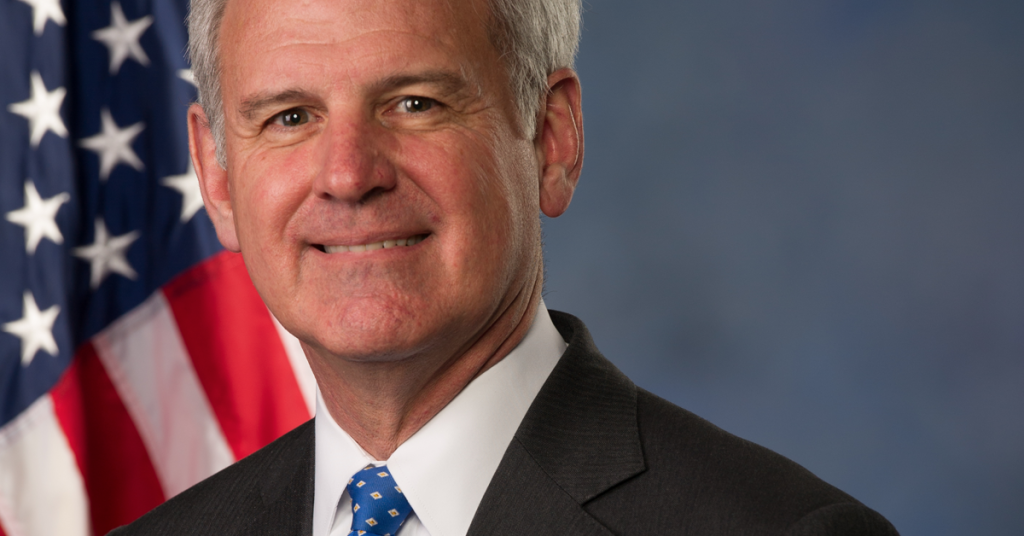
Congressman Byrne outlines recent developments in the Middle East.
For Joe Biden, long path to a potentially crucial presidency

Biden has a record that mixes partisan street-fighting with bipartisan deal-making and bonhomie, and a personal journey of middle-class mores, individual struggle and family heartbreak.
Barack Obama, in scathing Donald Trump rebuke, warns democracy on the line
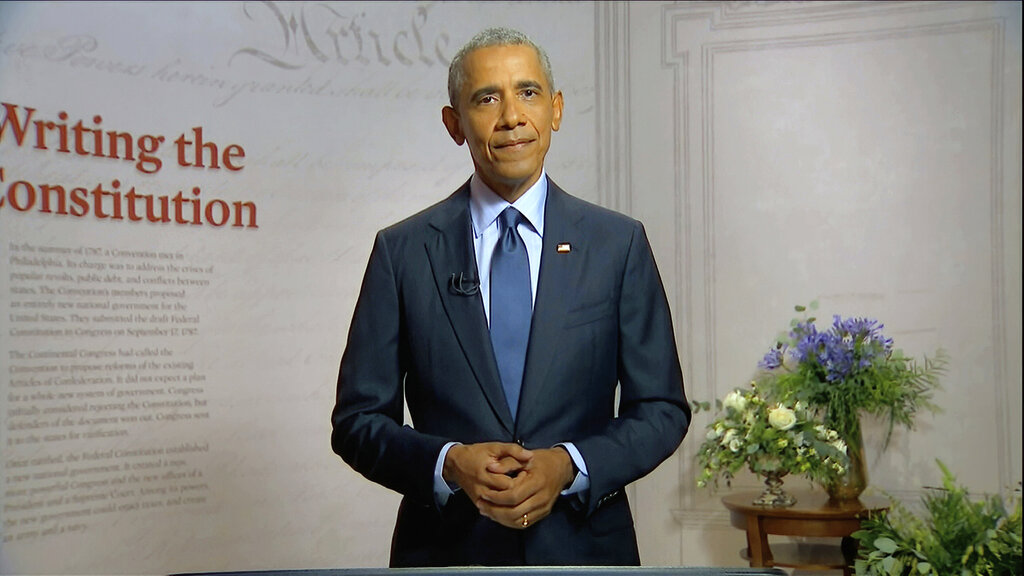
Even in the heat of campaigns, former presidents are typically more restrained than other politicians in their criticisms of a sitting president.
Democrats pound their message: To oust Donald Trump, you must vote

Kamala Harris accepted the Democratic nomination for vice president Wednesday night.
Democrats tap array of faith leaders to speak at convention
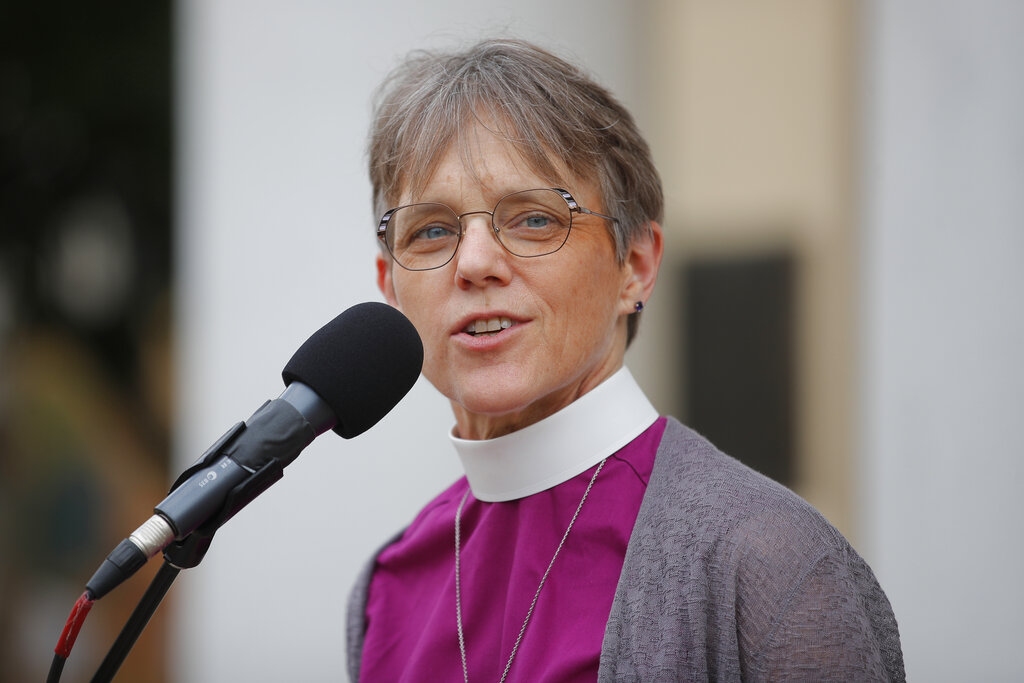
Religious leaders tapped to speak at the convention come from Christian, Jewish, and Islamic organizations.
Joe Biden selects California Sen. Kamala Harris as running mate

In choosing Kamala Harris, Joe Biden is embracing a former rival from the Democratic primary who is familiar with the unique rigor of a national campaign.
In virus talks, Nancy Pelosi holds firm; Steven Mnuchin wants a deal

There are limits, and legal pitfalls, in trying to make an end run around the legislative branch.
John Lewis mourned as ‘founding father’ of better America
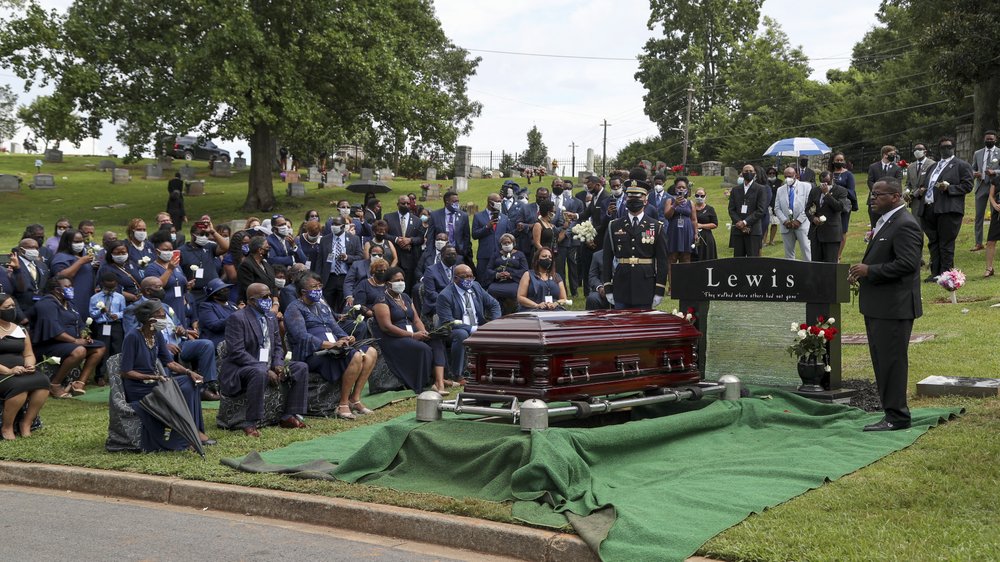
Former President Barack Obama called Lewis “a man of pure joy and unbreakable perseverance” during a fiery eulogy that was both deeply personal and political.
Donald Trump floats idea of election delay, a virtual impossibility
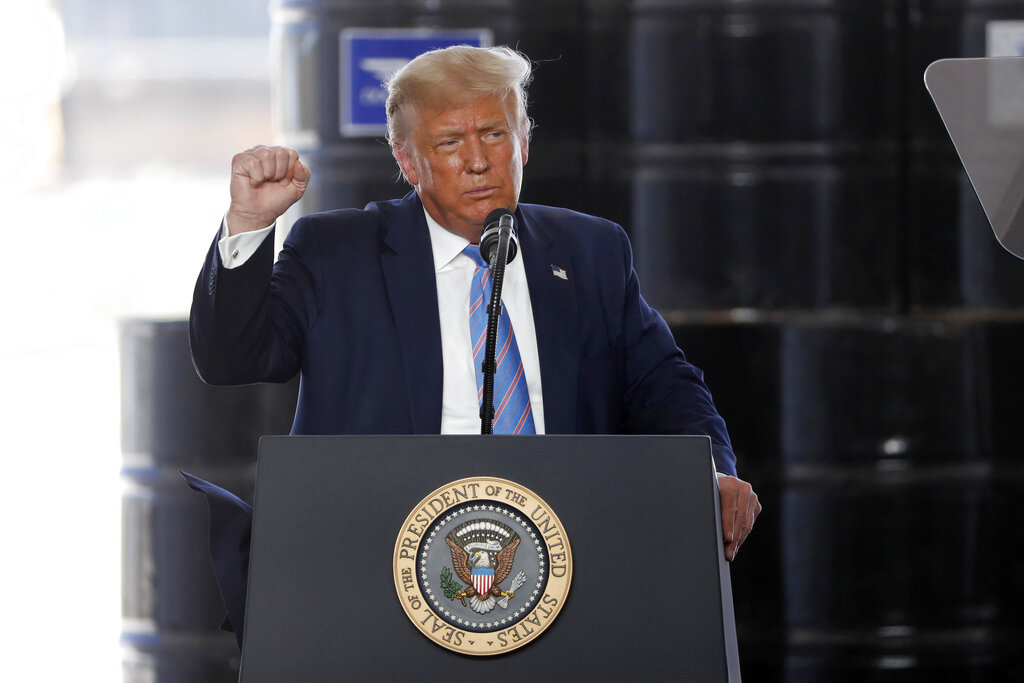
The date of the presidential election is enshrined in federal law and would require an act of Congress to change.


